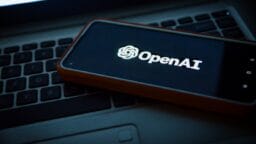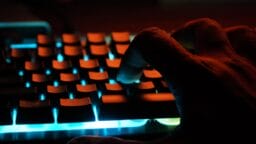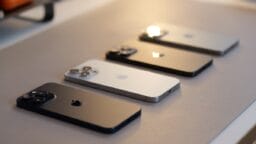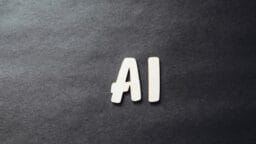NASA’s Impact on Everyday Life: Could the act of taking a selfie be connected to space exploration? To the astonishment of many, the answer is a resounding yes. The technology embedded in your smartphone’s camera can be traced back to innovations developed by NASA’s Jet Propulsion Laboratory (JPL) in the early 1990s.
According to a report, a dedicated team at JPL was focused on designing sensors that would enhance the size and efficiency of cameras destined for spacecraft—a technology that ultimately permeated into smartphones and digital cameras, as highlighted by USA Today.
NASA’s Pivotal Role in the Smartphone Evolution
Tom Cwik, Chief Technologist at NASA JPL, stated, “Today, virtually every selfie, photo, or video you capture relies on technology that originated in the space program.”
He elaborated that a cellphone’s precise GPS software, originally developed by NASA to accurately determine satellite orbits to a centimeter, is now utilized in numerous phone location applications, as reported by USA Today.
Innovations Emerging from NASA
Cwik articulated that the ramifications of NASA technology stretch well beyond cameras and GPS. An array of commonplace products originated from NASA inventions, including baby formula, the Dustbuster, ear thermometers, laptops, memory foam, Nike Air sneakers, insulin pumps, and wireless headsets, as per the report.
Moreover, one fascinating discovery by NASA found its way into skincare. A bacterium, initially sourced by JPL for sanitizing spacecraft bound for Mars, was later licensed to a company that utilized it to enhance SPF in sunscreen and promote anti-aging benefits, as reported by USA Today.
Navigating Nutrition Through NASA
NASA’s influence on the food industry also has historical roots. Pillsbury’s “Space Food Sticks,” crafted for astronauts, graced grocery store shelves in 1969. Meanwhile, Tang, the orange-flavored drink mix, garnered fame after NASA endorsed it for its space missions due to its easy storage and solubility in a zero-gravity environment, according to the report.
Advancements in Healthcare Attributed to NASA
The technological prowess of the space agency extends significantly into healthcare. Infrared sensors, initially designed to measure thermal radiation from celestial bodies, were adapted for medical applications.
This adaptation led to the creation of affordable infrared thermometers and sophisticated cancer detection instruments, as highlighted by USA Today.
NASA’s Contributions During the COVID-19 Crisis
During the unprecedented COVID-19 pandemic, engineers at JPL designed the VITAL ventilator—an acronym for Ventilator Intervention Technology Accessible Locally—in a mere 37 days.
This innovation quickly received FDA authorization for emergency use, catalyzing production by companies globally. Notably, the ventilator was crafted with far fewer components than conventional machines, streamlining the manufacturing process, as reported by USA Today.
Future Applications of NASA’s Infrared Technology: Wildfire Detection
Looking ahead, Cwik indicated that NASA JPL’s infrared technology could play a crucial role in combating wildfires. The laboratory is actively developing fire detection tools utilizing infrared imaging to pinpoint hot spots early.
Concurrently, other NASA instruments are monitoring dryness and environmental conditions. Cwik anticipates that when integrated with artificial intelligence and machine learning, these technologies could revolutionize wildfire prevention and response, as proposed in the report.
Cwik remarked, “Companies are collaborating on this initiative, and I believe we’ll witness the advantages of these technologies manifesting in our communities in the near future,” as quoted by USA Today.
FAQs
How has NASA influenced healthcare?
NASA’s infrared sensors have led to the development of medical devices, including ear thermometers and tools for cancer detection.
What was NASA’s role during the COVID-19 pandemic?
NASA engineers produced a cost-effective ventilator, named VITAL, in just 37 days, which was approved for emergency use.
Source link: M.economictimes.com.






